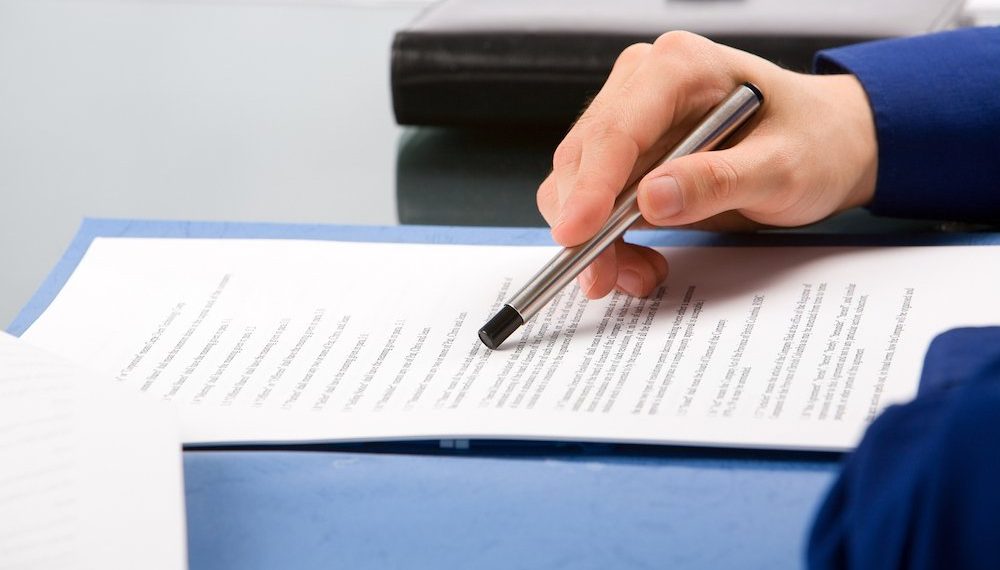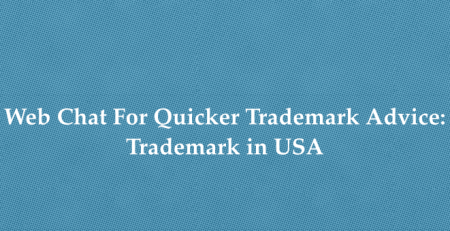Trademark Modernization Act of 2020 Regulations Implemented by the PTO
The Trademark Modernization Act of 2020 (TMA) was implemented by the US Patent and Trademark Office (USPTO) laws on December 18, 2021. The TMA’s goal is to create a well-functioning trademark system with a trademark register that accurately reflects trademarks in use in the United States. The TMA is intended to clean up the register by reducing the number of dead registrations and shortening application processing times.
New Ex Parte Procedures
There are two new ex parte procedures:
- The PTO will examine whether a registered mark has ever been used in U.S. commerce in an expungement case. Any party, including the Director, may seek cancellation of any or all of the products or services in a registration for failure to utilize the mark. An expungement proceeding can be initiated with the Director against any registration between three and ten years old. However, any registration that is more than three years old is susceptible to expungement until December 27, 2023. There is no limit to the number of expungement proceedings that can be filed, but registrants will be glad to know that if use of the mark is proved in a prior proceeding, the registration cannot be challenged again in an expungement proceeding.
- The USPTO will determine whether a trademark in a use-based registration under Section 1 of the Lanham Act was not in use as of the filing date of the application (use-based applications) or as of the filing date of the amendment to allege use/statement of use in a reexamination process (intent-to-use applications). Within the first five years after registration, any party or the Director may pursue an expungement process.
Expungements and reexaminations are petitioned to the Director, not the Trademark Trial and Appeal Board (TTAB). Anyone can file a petition without revealing their identify. The Director, on the other hand, has the ability to seek identification in specific circumstances. The filing fee for an ex parte case is $400 per class of goods or services. A verified declaration demonstrating that a reasonable inquiry into the use of the registered mark was completed, as well as a factual statement outlining the rationale for submitting the petition, must be included in the request.
The verified statement should contain (a) how and where any searches were made, as well as the results of such searches, and (b) copies of any documentation evidence with an itemized index. A reasonable inquiry should include a “appropriately complete search” concentrating on the registered mark and the identified products and services, as well as the correct scope and trade routes. Petitioners are not required to pay private detectives and may rely on evidence like as Internet websites, filings with State or Federal authorities, and the registrant’s marketplace activity, including efforts to contact the registrant. The amount of evidence required in each case will vary, but one search utilizing an Internet search engine is unlikely to be considered a reasonable inquiry.
If the USPTO Director deems that the petition to seek a proceeding is legitimate, the process will be initiated. To notify the registrant of the proceeding, an Examiner will issue an office action. The registrant will have three months to react to the office action, with a one-month extension available for a cost. In response, the registrant may either remove the products or services in question or provide evidence of usage. The USPTO will issue a final action if the evidence supplied is insufficient. The registrant will have three months from the date of the decision to request reconsideration or file an appeal with the TTAB.
Cancellation Proceedings at the TTAB
Expungement will now be grounds for parties to obtain trademark revocation. It must be demonstrated that a registered trademark has never been used in commerce in order for it to be revoked on the basis of expungement. Parties intending to cancel a trademark on the new basis of expungement will be allowed to do so at any time after the first three years from the date of registration. The current reasons for nonuse and abandonment cancellation will be unaffected.
New Response Deadlines of Three Months
Effective December 1, 2022, trademark applicants will have three months instead of the existing six months to react to an office action. Applicants will be able to request one three-month extension for a charge of $125. The application will be considered cancelled if the applicant does not answer by the deadline. This new regulation will not apply to applicants under Madrid Section 66(a).
The USPTO has a two-month timeframe under the TMA to reply to letters of objection. The USPTO is also permitted to levy a fee for letters of objection. Furthermore, the Director’s judgment on a letter of protest is final and irrevocable.











